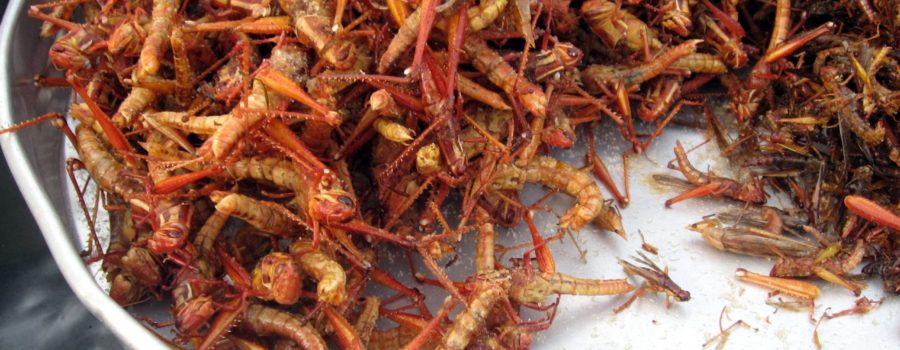Last week I change my Home Base from Alexandria, Virginia, to Blantyre, Malawi. A year ago, I first received news that a large grant I had applied for would be awarded. In the months since I have been moving things from the USA to Malawi, one suitcase at a time. I brought things that are difficult to find here, many of which have to do with food: sharp cooking knives, non-stick cookware, and an excellent coffee maker.
My landlady is very kind. Since the time that I rented the house in October, she has been fixing things up for me, trying to make me as happy as possible in my new home. When I arrived, on the dining room table was a bowl with snacks, bananas, and The Malawi Cookbook.
For years I have been this small (125 page) locally published cookbook in almost every home I have visited. Until three days ago I had never opened it. It is fascinating. Published in 1977, the first names of its three authors are Annabel, Pat, and June. The authors, in their Introduction, write that their goal was to provide “a cookery book that can be used by all races living in Malawi.” Fair enough. Proceeds from the sale of the Cookbook go toward feeding poor Malawian children. Wonderful!
Three recipes after “Breakfast Muesli” appears instructions on how to collect the blood of freshly slaughtered animals and feed it to your family.
The recipes are a slice of post-colonial housewife living. There is even a section on Household Hints, mainly having to do with Home Remedies for illness (“Fish bone in throat” was especially painful to read). In all there are 16 sections of recipes. Most categories are familiar and include Soups, Salads, and Vegetables. In the spirit of inclusion, the authors use the Chichewa word for an ingredient in a recipe’s title, but the English word in the ingredient list. “Aromatic Mbatata” is made with sweet potatoes, pineapple rings, bacon, brown sugar, pepper, and celery salt. There are ten recipes for scones. Margarine appears throughout. The Salads section has many recipes that include mayonnaise. Three recipes after “Breakfast Muesli” appears instructions on how to collect the blood of freshly slaughtered animals and feed it to your family. There are recipes for “Mint Tinkle”, “Salad Supreme”, “Nsomba Mpwepwe”, and “Vegetables with a Difference”.
Two sections are especially intriguing, “Ufa” and “Insects.” Ufa is the Chichewa word for maizemeal, finely ground white corn flour. It is the main ingredient of nsima, the main starchy staple of Malawi. To my palate, nsima (which is the consistency of firm polenta and broken into cakes eaten with beans or vegetables) is not bad. It just has little taste, is calorically dense, and very heavy. A moderate meal of nsima and beans at mid-day and no more food is needed before bed. I suppose that is entire point of its existence. The cookbook has 13 recipes that call for ufa, including “Ufa Crumpets” and “Ufa Envelopes”.
“Insects” begins on page 16, following “Fish” and before “Meat”. For the good of our planet and our health, of course, it is better to eat insects than, say, beef. Personally, I have nothing against insect consumption, other than it once made my spouse unbelievably ill when we were traveling in Mexico. (He is a more adventurous eater, obviously.) However, I cannot see myself ever voluntarily partaking of bee larvae, large green bush crickets, grasshoppers, red locusts, flying ants, termites, green caterpillars, sand crickets, cicadas, sandflies, or shield bugs. Much has changed in my world in the last 2 years. I have learned to be flexible and never say “never”. If I ever do change my culinary habits, I will know exactly where to go to learn the best way to prepare all of these. The Malawi Cookbook.






